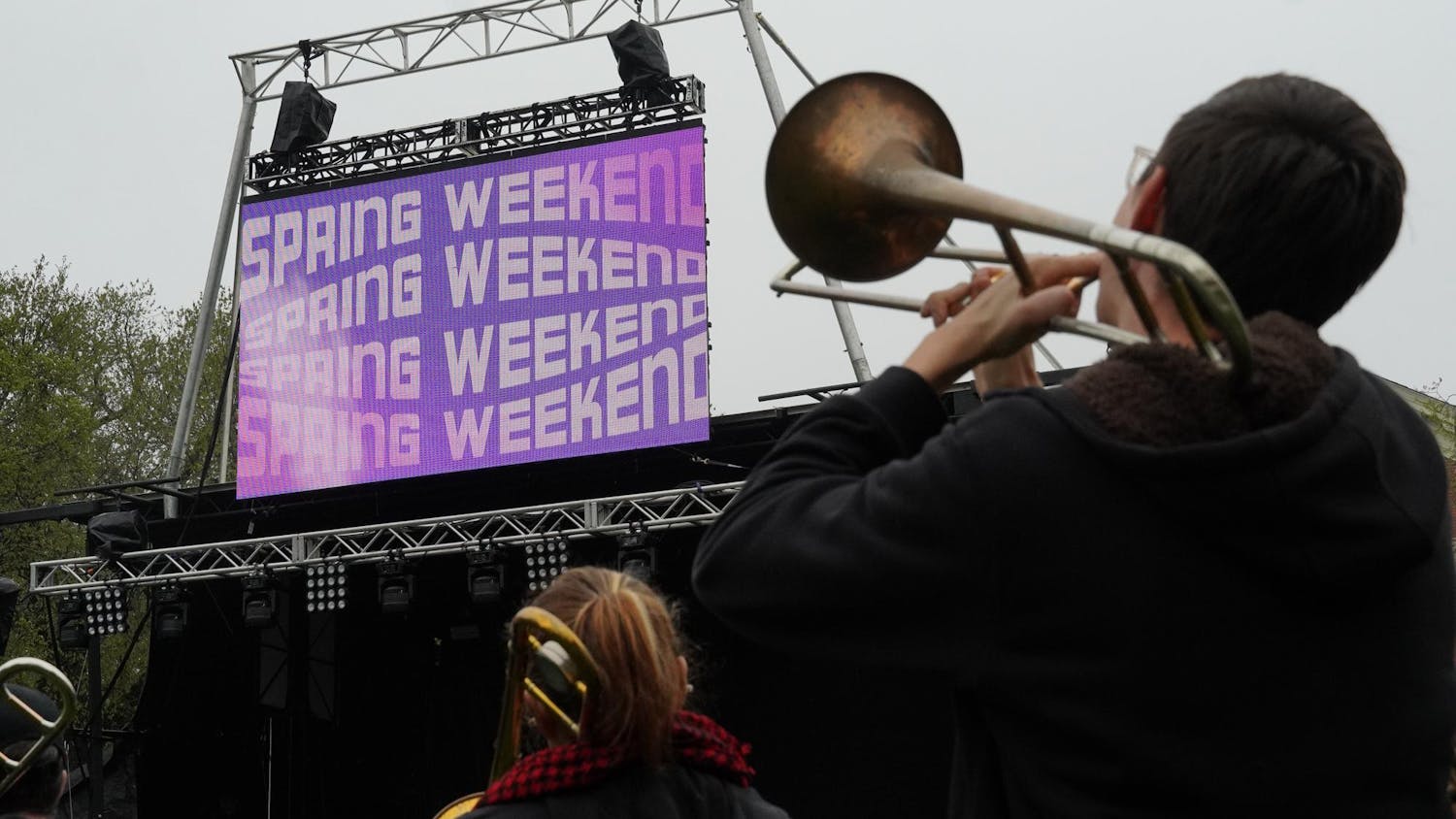In March, the Providence Place Mall implemented new security measures, an updated code of conduct and a youth guidance program.
The new guidelines went into effect on March 1 and have been posted around the mall. It contains 13 new prohibitions, including limitations on congregations of four or more people, photographing or videotaping in “an intimidating or threatening manner,” firearms and “free speech activity not authorized in advance.”
The code also prohibits certain activities deemed “unsafe,” including “horseplay,” use of physical force and running.
In October, after private lenders alleged that the mall’s management company, Brookfield Properties, owed $259 million, a superior court judge ordered the mall into receivership — a state of oversight by a trustee when an enterprise can’t meet financial obligations. Attorney John Dorsey was chosen to be one of the court-appointed receivers.
“The old code of conduct for Providence Place had not been updated in many years, (and) the face of retail has really changed,” Dorsey said in an interview with The Herald. “The goal of the updated code of conduct is to try and reflect that.”
Dorsey explained that Providence Place has experienced “issues” in the past involving youth and “large groups congregating within the mall.”
Mall managers have worked with the Providence Police Department special response team to issue “no trespassing” orders to those who do not comply with the code of conduct, Dorsey said.
Prior to the receivers’ appointments, the COVID-19 pandemic and “budgetary decisions from former management” led to an approximate 50% cut in security, according to Dorsey. Mall management has now increased security guards and hours “to get back to a normalized level,” he added.
“Anybody who visits Providence Place now will see a much more active security presence,” he explained.
The new anti-congregation provision states that any group of four or more guests that “hinders the flow of shoppers, obstructs entryways or walkways, or creates a safety hazard will be dispersed.”
Nathan Hahn, a visitor to the mall with his wife and daughter, criticized the policy as “vague” and “not enforceable.”
“What’s the limitation going to be?” he said. “Am I going to have somebody walking with a tape measure following me around, making sure I’m not walking too close to my family?”
The provision also bans “free speech activity not authorized in advance” — a policy Hahn called “stupid.”
“Free speech is free speech,” he added.
“The mall property is private property,” Dorsey said. Banning non-authorized free speech activity in these spaces is a “common provision” nationwide, he added.
The mall now has an approval process for free speech activities to “allow security and management to be aware of what types of activities are occurring at the mall,” he added.
Mall management hopes that the new rules will “strike a balance” between preventing potential issues through increased security “while also allowing shoppers to have a positive experience,” Dorsey said.
Along with the updated code of conduct, a new youth guidance program went into effect on March 24. The policy mandates that all minors visiting the mall’s common spaces — not individual stores, which can set their own policies — after 5 p.m. must be accompanied by an adult.
“Those who are unaccompanied or fail to produce proper identification will be asked to leave the property,” the guidance states.
Mall visitor Jen Roberts is “half and half” in support of the youth program, she said while visiting the mall with her family.
Roberts believes that the policy could benefit the mall by preventing youth from “just doing their own thing” without “parental guidance,” but she also commented that “it sounds kind of ridiculous.”
Dorsey added that “the program is not static.” He stated that mall management will be “monitoring” the effects and the public response to the new security measures and “trying to make improvements as (they) go.”





